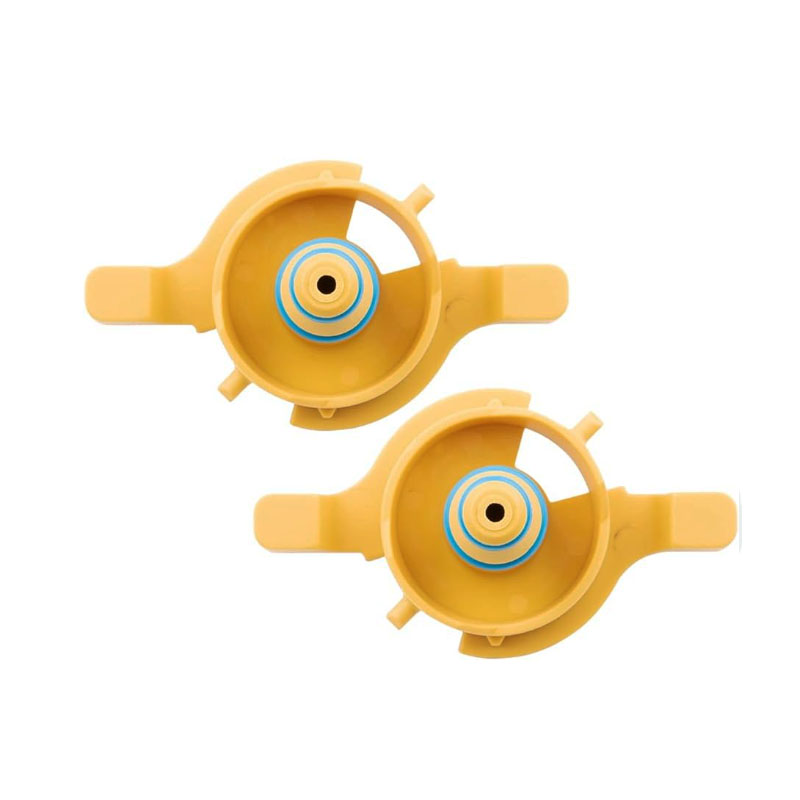front oil seal
Understanding Front Oil Seals Importance and Maintenance
Front oil seals, more commonly known simply as oil seals or shaft seals, are crucial components found in various machinery and automotive applications. They serve to prevent the leakage of lubricants, such as oil or grease, from machinery while also keeping external contaminants like dirt and moisture from entering the moving parts. This article delves into the importance of front oil seals, their construction, common issues that can arise, and tips for maintenance.
The Role of Front Oil Seals
In automotive applications, front oil seals are typically located at the front of the engine, sealing the crankshaft or camshaft to prevent oil leaks. The primary functions of these seals are to maintain the integrity of the lubrication system and to ensure efficient operation of the engine. When functioning correctly, oil seals help maintain the proper oil pressure and reduce wear and tear on moving parts, thereby enhancing the longevity of the engine.
Beyond vehicles, front oil seals are also utilized in various industrial applications, including pumps, gearboxes, and hydraulic systems. In these contexts, the oil seal helps maintain proper function by reducing friction and protecting internal components from damage due to contaminants.
Construction and Types of Oil Seals
Front oil seals are typically made from materials that exhibit excellent resistance to oil, heat, and wear. Common materials include rubber, polyurethane, and sometimes composite materials for heavy-duty applications. Most oil seals have a lip or rim that comes into contact with the shaft, creating a barrier that effectively seals against the escape of lubricating fluids.
There are different types of oil seals, including 1. Rotary seals Used in rotating shafts, primarily in automotive applications. 2. Static seals Effective in applications where there’s little to no movement. 3. Lip seals Featuring a flexible lip that maintains contact with the shaft even as it rotates.
front oil seal

Common Issues with Front Oil Seals
Like any other mechanical component, front oil seals can experience wear and tear over time. Common issues that can arise include
- Leakage One of the primary signs that an oil seal needs replacement is the presence of oil leaks. This can lead to low oil levels and eventual engine damage if not addressed promptly. - Drying Out Prolonged exposure to heat and environmental factors can cause the seal material to dry out and crack, compromising its sealing abilities. - Increased Friction If dirt or debris accumulates around the seal, it can create additional friction, leading to premature failure.
Maintenance Tips
Maintaining front oil seals is critical for ensuring optimal engine performance. Here are some useful maintenance tips
1. Regular Inspections Regularly check for signs of oil leakage or wear around the oil seal. Early detection can prevent more extensive damage. 2. Fluid Levels Ensure that the oil levels in the engine remain adequate. Low oil levels can lead to increased wear on seals. 3. Environment Control If operating machinery in harsh conditions, consider using enhanced sealing solutions that can withstand extreme temperatures and contaminants. 4. Professional Servicing Whenever replacing an oil seal, it’s advisable to consult with a professional mechanic or technician to ensure proper installation, as incorrect installation can lead to premature failure.
Conclusion
In summary, front oil seals play a pivotal role in the efficient and safe operation of engines and machinery. Understanding their function, common issues, and maintenance practices can help prolong the lifespan of your equipment and keep it running smoothly. Regular checks and timely replacements can save both time and money, ensuring that your machinery operates at its best. Adopting diligent maintenance practices will safeguard against potential failures and the inconveniences associated with oil leaks and damage.
-
The Ultimate Guide to Boat Propeller Bearings and Trailer Wheel Bearings
News Jul.31,2025
-
The Essential Guide to Marine Bearings and Boat Trailer Wheel Bearings
News Jul.31,2025
-
The Complete Guide to Heavy Duty Seals: Protecting Doors and Spaces Efficiently
News Jul.31,2025
-
Essential Guide to Marine Shaft Bearings and Boat Trailer Axle Bearings
News Jul.31,2025
-
Comprehensive Guide to Marine and Trailer Bearings for Safe Boating and Transport
News Jul.31,2025
-
Comprehensive Guide to Automotive Oil Seals: Protecting Your Engine and Shafts
News Jul.31,2025
-
Understanding Automotive Oil Seals: Essential Components for Engine and Shaft Protection
News Jul.30,2025
Products categories















